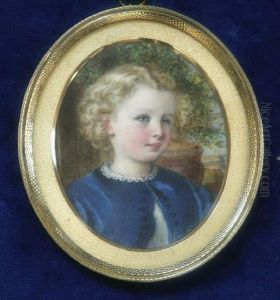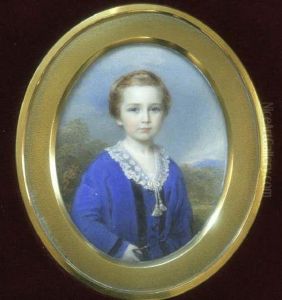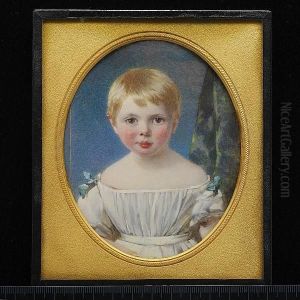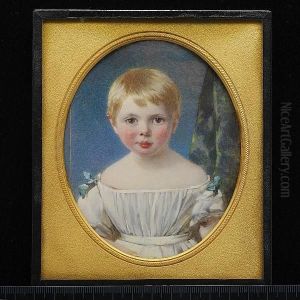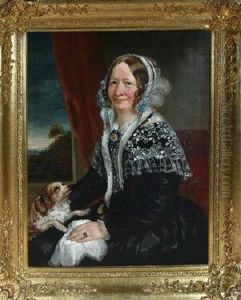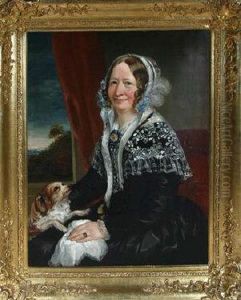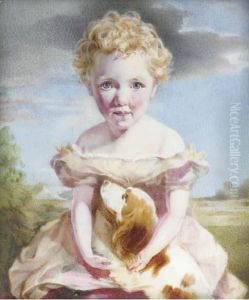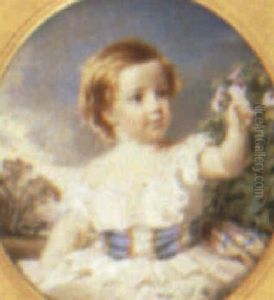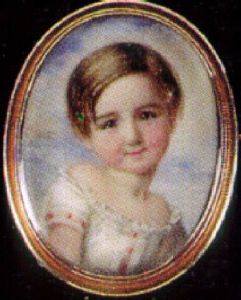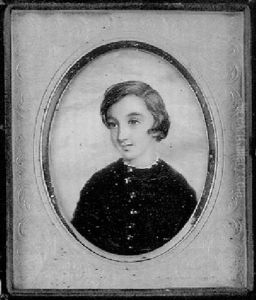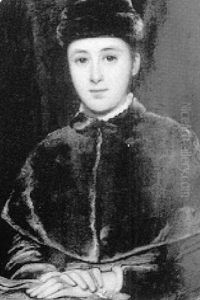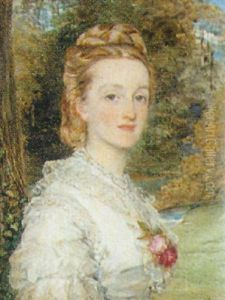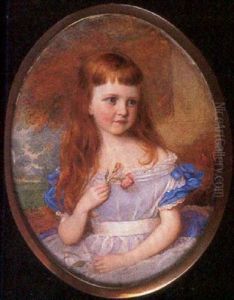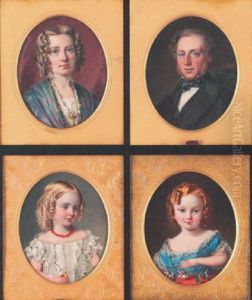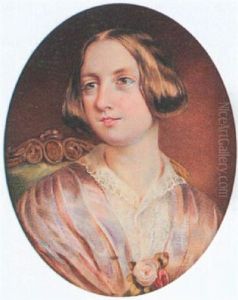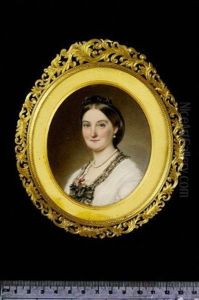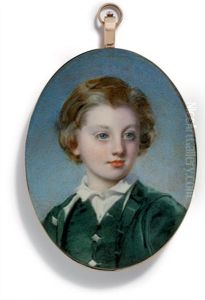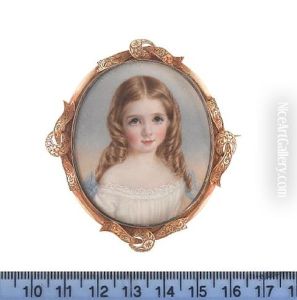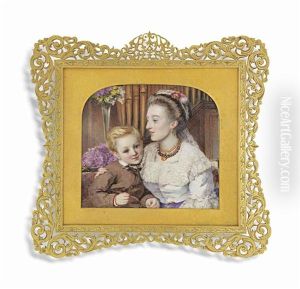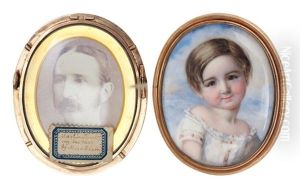Annie Dixon Paintings
Annie Dixon was a notable British artist known for her miniature portraits, especially during the Victorian era. Born in 1817 in Horncastle, Lincolnshire, she was the daughter of a successful miniaturist, Thomas Dixon, and his wife, Rebecca. Under her father's guidance, Annie developed a talent for painting that would lead her to become one of the few successful female artists of her time.
Dixon's miniatures were renowned for their delicate detail, capturing the likeness and character of her subjects with precision. She often worked in watercolor on ivory, a popular medium for miniatures at the time. Her skills were in high demand, and she painted many members of the British aristocracy, including several members of the royal family. Notably, Dixon was commissioned to paint miniatures of Queen Victoria's children, which was a testament to her reputation and skill as an artist.
During her career, Dixon was associated with the Pre-Raphaelite Brotherhood, an influential group of English painters, poets, and critics. While she was not a member, her work was certainly influenced by the movement's emphasis on intense color and detailed observation.
Dixon's work was exhibited at the Royal Academy of Arts from 1839 to 1879. Despite the challenges that female artists faced in the Victorian era, Dixon achieved considerable success and was recognized by her contemporaries as a master of her craft.
After a long and successful career, Annie Dixon died in 1901. Her miniatures remain a testament to her skill and are held in various collections, including those of the Royal Family and museums. Her legacy lives on as an example of the heights that women artists could reach even in an era when the art world was largely dominated by men.
